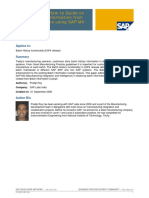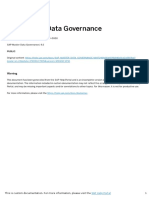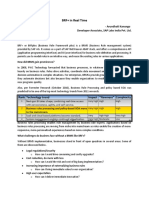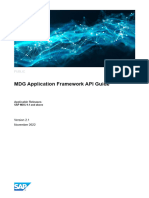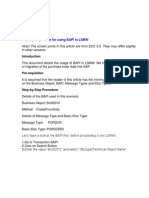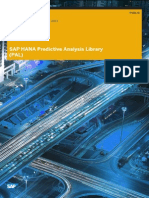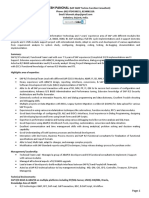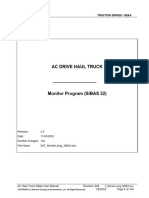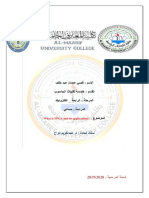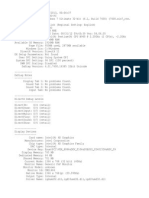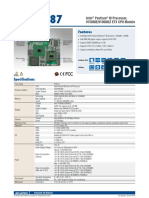0% found this document useful (0 votes)
62 views67 pagesAll The Coding MDG
The document provides a method for debugging rule-based workflows in Master Data Governance (MDG) using an endless loop controlled by a User Profile Parameter. It explains how to implement this debugging technique in non-development environments by leveraging SAP class CL_USMD_WF_SSW to monitor agent determination and system method calls. Additionally, it includes pseudo code and instructions for setting up the debugging process, while cautioning against using this method in production environments.
Uploaded by
Debabrata sahooCopyright
© © All Rights Reserved
We take content rights seriously. If you suspect this is your content, claim it here.
Available Formats
Download as DOCX, PDF, TXT or read online on Scribd
0% found this document useful (0 votes)
62 views67 pagesAll The Coding MDG
The document provides a method for debugging rule-based workflows in Master Data Governance (MDG) using an endless loop controlled by a User Profile Parameter. It explains how to implement this debugging technique in non-development environments by leveraging SAP class CL_USMD_WF_SSW to monitor agent determination and system method calls. Additionally, it includes pseudo code and instructions for setting up the debugging process, while cautioning against using this method in production environments.
Uploaded by
Debabrata sahooCopyright
© © All Rights Reserved
We take content rights seriously. If you suspect this is your content, claim it here.
Available Formats
Download as DOCX, PDF, TXT or read online on Scribd
/ 67


























